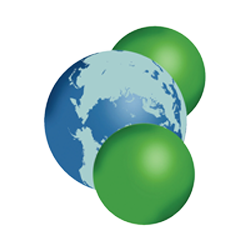
On Axel Heiberg Island in the Canadian High Arctic, low temperature perennial saline springs occur despite thick permafrost and cold polar desert conditions marked by a mean annual air temperature close to -20°C. I will present the first comprehensive geomorphic study of the Stolz Diapir Spring (79°04’30”N; 87°04’30”W), a unique groundwater system due to its known fresh water source and sodium chloride-dominated chemistry. During winter, spring discharge precipitates hydrohalite (NaCl*2H2O) by freezing fractionation that forms a pool and barrage system morphologically similar to carbonate travertines and tufas found in temperate climates. The deposit is the largest hydrohalite accumulation on Earth based on published sources. This system experiences dramatic seasonal differences in hydrology and mineralogy marked by a switch from winter regime of salt deposition and cascading surface flow from pool to pool to a summer regime marked by chemical and mechanical erosion and subsurface flow. The warmer temperatures also cause the decomposition of hydrohalite to halite. Accordingly, this site is a useful analogue for similar structures identified on Mars that are located in areas rich in evaporite minerals and lacking evidence of volcanic activity.
Unable to attend in person? Join online via your computer or smart phone (audio and visual)
Or dial :+1 669 900 6833 or +1 646 558 8656 (audio only)
Meeting ID: 130 214 627